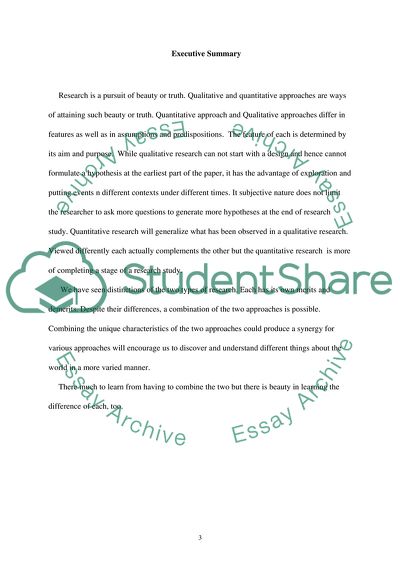Cite this document
(Features of Qualitative & Quantitative Research Paper, n.d.)
Features of Qualitative & Quantitative Research Paper. Retrieved from https://studentshare.org/science/1704260-qualitative-vs-quantitative-research
Features of Qualitative & Quantitative Research Paper. Retrieved from https://studentshare.org/science/1704260-qualitative-vs-quantitative-research
(Features of Qualitative & Quantitative Research Paper)
Features of Qualitative & Quantitative Research Paper. https://studentshare.org/science/1704260-qualitative-vs-quantitative-research.
Features of Qualitative & Quantitative Research Paper. https://studentshare.org/science/1704260-qualitative-vs-quantitative-research.
“Features of Qualitative & Quantitative Research Paper”. https://studentshare.org/science/1704260-qualitative-vs-quantitative-research.


